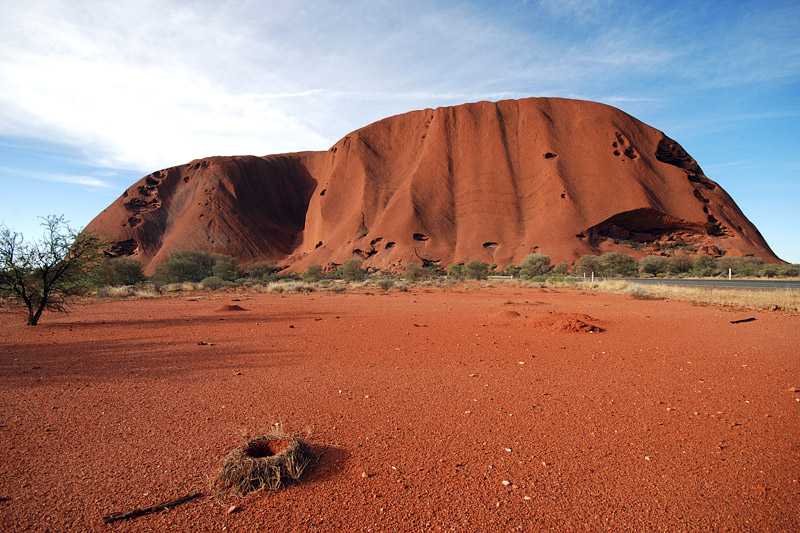Kata Tjuta
Kata Tjuta, also known as Mount Olga, are a group of 36 domed rock formations that date back 500 million years. Covering an area of 21.68 km2 (8.37 sq mi), they are found in the Uluru-Kata Tjuta Na...
Kata Tjuta, also known as Mount Olga, are a group of 36 domed rock formations that date back 500 million years. Covering an area of 21.68 km2 (8.37 sq mi), they are found in the Uluru-Kata Tjuta National Park near Alice Springs, in central Australia. The highest point, Mount Olga, stands about 546 m (1,791 ft) above the surrounding plain.
Kata Tjuta means ‘many heads’ to the Anangu, the...
Things to do near Kata Tjuta
Attractions near Kata Tjuta
Activities
About Kata Tjuta
Kata Tjuta, also known as Mount Olga, are a group of 36 domed rock formations that date back 500 million years. Covering an area of 21.68 km2 (8.37 sq mi), they are found in the Uluru-Kata Tjuta National Park near Alice Springs, in central Australia. The highest point, Mount Olga, stands about 546 m (1,791 ft) above the surrounding plain.
Kata Tjuta means ‘many heads’ to the Anangu, the traditional landowners. It is one of Australia’s most well-known natural icons and has great cultural significance to the Australian Indigenous people.
Flora and fauna
Many species of mammal are found in the region, from mice and foxes to camels, although most of these have been introduced by man, leading to a decrease in populations of native varieties. A breeding and re-introduction program is in place. Visitors will also spot a huge variety of reptiles, frogs, bats, and birds: iconic birds of Uluru-Kata Tjuta National Park include Pied Butcherbird, Black Breasted Buzzard, Black-Faced Woodswallow and Crimson Chat.
Activities
The Anangu lead walking tours to teach visitors about the local wildlife, bush foods and the Aboriginal Dreamtime tales of the area. There are a number of walks that visitors can take around the major attractions of the Park, and the sunrise and sunset viewing areas allow popular photo opportunities.
The Uluru-Kata Tjuta National Park Cultural Centre, located inside the Park on the main road to Uluru, provides an introduction to the culture and natural history of the park. There are also art and craft demonstrations, bush tucker sessions, and plants walks.
The Park is open year round from sunrise to sunset, but times vary according to season. Camping is not permitted in the Park.
